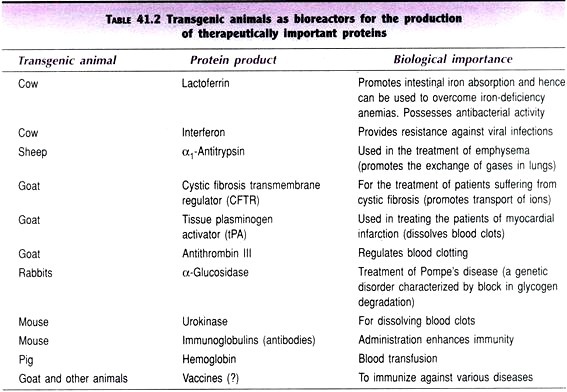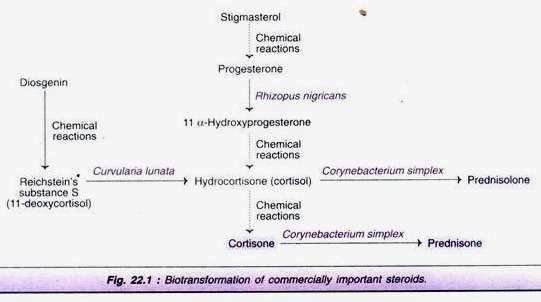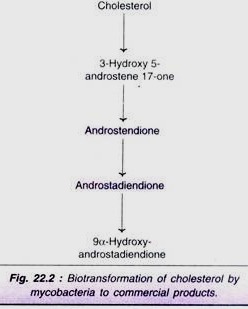This article provides useful notes about the Structure, Zone of transition, Rootlets and Chemical composition of Basal Bodies!
Cilium or flagellum may be basally connected usually with a particle embedded in a clear layer of cytoplasm just beneath the plasma membrane, called basal body.
In case of several cilia, many basal bodies are arranged uniformly in parallel rows under the cell membrane.
[I] Structure:
The basal body is an approximately cylindrical structure varying in different species from 1200 to 1500 A in diameters and from 3000 to 20,000 A (2 µ) in length.
Its outer wall is made up of 9 tubular fibrils evenly spaced around the circumference of a circle and somewhat skewed toward the centre, essentially like the peripheral fibrils of the cilium.
However, in basal body, each fibril contains three rather than two subfibrils. Long dimension of each fibril in cross section is correspondingly greater while the transverse dimension and wall thickness are about the same as in cilium.
As in the cilium, the innermost subfibril in each case is called subfibril A, while the outermost is subfibril C. The spaces between fibrils in the basal body wall are closed by 9 short walls joining subfibrds A and C of adjacent fibrils. Central fibrils and ‘arms’ are not found in the basal body. A set of 9 curved spokes connects the peripheral fibrils with a central ‘hub’ region, which in many species can be found only near the outer end of the basal body.
The basal body is closed at its outer end by a terminal plate about 300 A thick which abuts against the base of the cilium proper, giving the basal body the form of an inverted tumbler. Subfibres A and B both cross the ciliary plate or terminal plate and are continuous with the corresponding subfibres of the cilium axoneme. Subfibre C terminates at or near the ciliary plate, but on the opposite side. The central tubules in the basal body are lacking.
[II] Zone of transition:
It is the region near the surface of cell, within external part of the organelle (cilium), and is attached with the basal body. There are mainly three variations in the transitional zone —
(1) In mammals and protozoans, there is no clear separation between an organelle (cilium) and its basal body. Here it is represented by a dense zone.
(2) In molluscs and amphibians, the cilium and the basal body are separated in the transitional zone by a basal plate. This plate is continuous with outer fibrils of cilia. Between the basal plate and basal body proper there is a clear region.
(3) In Tetrahymena the region between the basal body and cilium is represented by a dense zone which suggests its separation.
[III] Rootlets:
From the base of the basal body there arise certain additional structures extending into the cytoplasm. These additional thread-like structures are called rootlets, mostly found -in ciliated epithelial cells. Their function seems to anchor the basal body with the cilium.
The number of rootlets depends on the species and the number is constant for any given species. On the surface of rootlets are visible wide striations and in between these are found narrow bands. Unstriated tubular fibrils of about 200 A in diameter are also found in some species, and sometimes occur in parallel arrays. Striated root fibrils in ciliated epithelium often connect the basal bodies with the cell nucleus or with the Golgi apparatus.
In addition they may be lined by rows of mitochondria. In some ciliate protozoa striated fibrils arise at the right anterior margin of each basal body and run anteriorly, overlapping similar root fibrils of adjacent cilia in the same row.
Root fibrils provide mechanical support to cilia. In addition to rootlets, short knobs may project from one side of the basal body. Besides, the basal body is also connected to the centrosome near the nucleus by minute fibres called rhizoplasts.
Chemical composition of basal bodies:
Basal body of Tetrahymena contains 50% protein, 6% carbohydrate, 5% lipid, 2% RNA and 3% DNA (Seaman, 1960) on dry weight basis. Randall and Disbrey (1965) localized DNA in the basal bodies of Tetrahymena.




